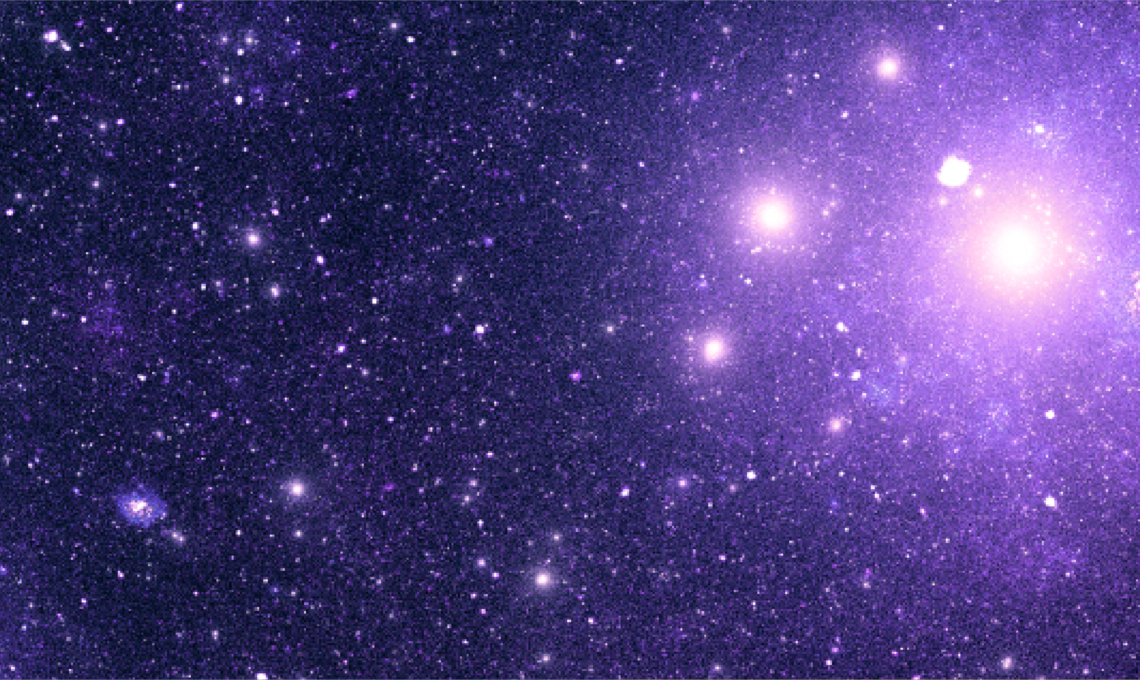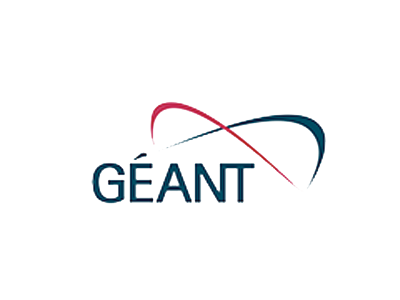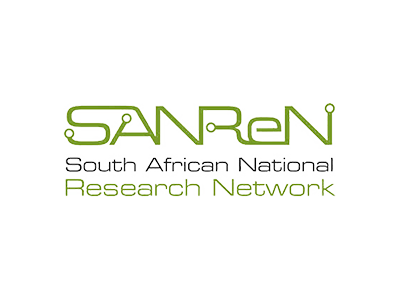
GÉANT and the SKA – an astronomical collaboration
As you read this, the world’s finest scientists and engineers are hard at work planning and building a telescope one hundred times more powerful than any other in existence.
The Square Kilometre Array, known as the SKA, will become the world’s biggest radio telescope, surveying the sky ten thousand times faster than ever before. You might be imagining a vast, single telescope. But the reality is more like thousands of antennas. All dotted across remote areas of South Africa and Australia.
When linked together, they form the equivalent of a single dish with a surface area of, you guessed it, a square kilometre. This $780 million, multi-year project, is a collaboration between 100 organisations across 20 countries. And it aims to begin observing the skies sometime in the mid 2020’s.
Why does the SKA matter?
We’ve seen only one pixel of space, with SKA we’ll get more of the complete picture
Imagine a telescope 100 times more sensitive than the very best radio telescopes. As an astrophysicist, you’d be able to detect airport strength radar signals on planets tens of light years away. So what might we learn from this? What might we discover about dark energy and dark matter and galaxies and Einstein’s theory of relativity? Not to mention the tantalising question: are we really alone? For now, nobody really knows. But it’s clear, that the SKA, one of the most ambitious science projects of our time, has the potential to revolutionise our understanding of the Universe.
More data in a day than the entire internet
When it comes online, the SKA could pump out more data in a day than the entire internet’s daily output—tenfold. Gen Gillian of Space.com, reported, “just one week’s data gathering will exceed the total of all the data that humans have managed to accumulate in our entire history”.
A job then, for exaflop-capable supercomputers that don’t exist yet. Translation: a computer with the processing power of about one hundred million PCs. And, of course, high-capacity advanced networks to move all the data around.
How GÉANT helps?
GÉANT is a partner of The SaDT, a consortium of worldwide teams, led by the University of Manchester in the UK. The consortium is responsible for the design of three transport networks.
In collaboration with CSIRO (Australia’s national science agency) plus NREN partners AARNet and SANReN, GÉANT led the design and specification of the long haul Science Data Network. This network takes data from the telescopes to the computer systems, where signals are extracted from the noise and converted into sky-maps.
Maintaining the telescopes remotely
GÉANT and partners also provide advice on hardware and protocols; practicalities and maintenance across the Non-Science Data network. This is a two-way network enabling support teams to monitor and hopefully fix problems without the need to physically visit the antenna—where reliability, low power and quietness are vital.
Bottom line
GÉANT and its NREN partners are fundamental to transporting data from all elements of the SKA. And to enabling researchers to get a deeper understanding of the Universe.
For more information please contact our contributor(s):



